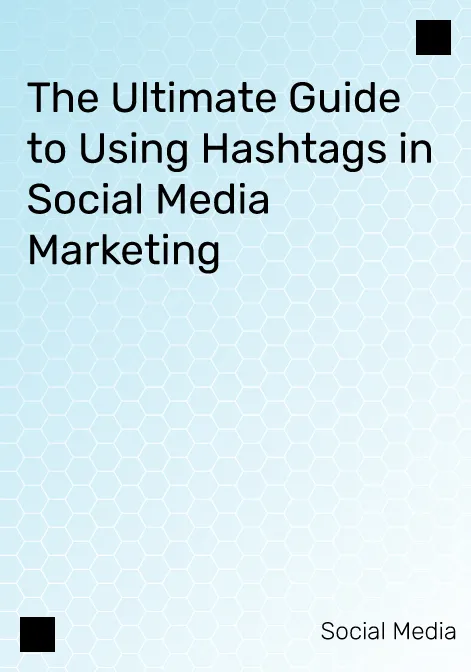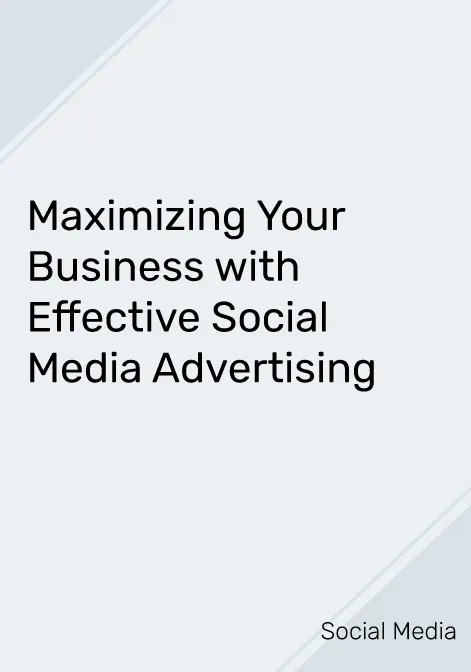However, the # symbol can be confusing for businesses trying to make sense of social media trends. In this guide, we’ll look at how to use hashtags across major platforms effectively.
Introduction to Hashtags in Social Media
What are Hashtags?
Hashtags are words or phrases preceded by the # symbol. They allow users to categorize content and make it easily searchable. When you click on a hashtag, you’ll be taken to a feed of posts that share that same tag. For instance, clicking on #SocialMediaTips will show you all posts tagged with that term.
The Importance of Hashtags in Marketing
Hashtags are not just for fun; they are powerful marketing tools that can enhance your content’s visibility and engagement. According to a study by Hootsuite, tweets with hashtags receive 2x much engagement as those without. Using relevant hashtags can help marketers reach a wider audience, engaging potential customers who may not yet follow the brand.
Platform-Specific Hashtag Strategies
Instagram: Best Practices and Common Pitfalls
Instagram allows up to 30 hashtags per post, and using them wisely can significantly increase reach. Aim for a mix of popular and niche hashtags, and consider placing them in a comment rather than the main caption to keep things tidy. A common pitfall is using the same hashtags for every post; instead, tailor them to fit each specific post or campaign.
Twitter: Maximizing Reach with Hashtags
On Twitter, less is more. Research shows that tweets with a single hashtag perform better than those with two or more. Brands should also keep an eye on trending hashtags to jump into relevant conversations. A good example is how Oreo capitalized on the Super Bowl blackout in 2013 with their tweet, “You can still dunk in the dark,” which was accompanied by #Blackout.
Facebook: When and How to Use Hashtags
Facebook’s hashtag capabilities are not as robust as those of other platforms, but they can still serve a purpose. Brands should use them sparingly and focus on creating unique, branded hashtags for specific campaigns. Facebook users are more likely to engage with posts that include hashtags if they are familiar with the topic.
LinkedIn: Professional Engagement through Hashtags
LinkedIn is where professionals go to network and share content, so the hashtags used here should reflect that. Industry-specific hashtags are crucial for reaching the right audience. LinkedIn allows users to follow hashtags, making it even more important for brands to choose wisely.
TikTok: Trending Hashtags and Viral Challenges
TikTok is all about trends, and hashtags play an important role in making them go viral. Using popular hashtags related to current trends can help brands reach a wider audience. Additionally, creating a unique hashtag for a brand challenge can drive user-generated content and engagement.
Types of Hashtags and Their Uses
Branded Hashtags: Building Brand Identity
Branded hashtags are unique to a specific brand or campaign and can create a community around the brand. Encouraging users to share their experiences using the hashtag can enhance brand loyalty and create valuable user-generated content.
For example, Coca-Cola’s #ShareaCoke campaign encouraged consumers to find bottles with their names on them, leading to a significant increase in brand engagement.
Community and Niche Hashtags: Engaging Specific Audiences
Community hashtags help brands connect with specific interest groups. For instance, a local coffee shop could use #SeattleCoffeeLovers to engage with a niche audience.
According to a study by Statista, 40% of Instagram users say they follow brands because of their content, making niche hashtags an effective way to reach the right audience.
Campaign and Event Hashtags: Driving Participation
Campaign and event hashtags are used to promote a specific campaign or event. They help aggregate all related posts, making it easy for users to find and engage with them.
A good example is the hashtag used during World Environment Day, #ForNature, which brought together millions of posts advocating for environmental protection.
Trending Hashtags: Riding the Wave
Jumping on trending hashtags can help brands gain visibility and relevance in real time. However, brands should only participate if the trend aligns with their values and messaging.
In 2020, during the #BlackLivesMatter protests, many brands used this hashtag to show solidarity, and their participation was met with both support and criticism, depending on their prior actions.
Finding the Right Hashtags
Tools and Techniques for Hashtag Research
Brands can use several tools for hashtag research, including RiteTag, Hashtagify, and Instagram’s search function. These tools analyze hashtag performance and popularity, helping marketers make informed decisions. Additionally, brands should look at competitors’ hashtags to identify potential opportunities.
Analyzing Hashtag Popularity and Relevance
Not all popular hashtags are relevant to every brand. Marketers should focus on hashtags that not only have high engagement but also relate to their content and target audience. Using hashtags that don’t align with the content can lead to decreased engagement and even follower loss.
Common Mistakes and How to Avoid Them
Overusing Hashtags: Less is More
While platforms like Instagram allow up to 30 hashtags, using too many can come off as spammy. Research shows that using 5-10 relevant hashtags typically yields the best results. Marketers should focus on quality over quantity when selecting hashtags for their posts.
Avoiding Banned and Irrelevant Hashtags
Platforms have banned some hashtags due to inappropriate use. Using these can lead to decreased visibility and account penalties. Marketers should regularly check their hashtags for relevance and appropriateness.
Balancing Branded and Trending Hashtags
Finding the right balance between branded and trending hashtags is crucial. While branded hashtags help build identity, trending hashtags can extend reach. Marketers should analyze their target audience and adjust their hashtag strategy accordingly to ensure maximum engagement.
Tracking and Measuring Hashtag Success
Key Metrics to Track
To evaluate the success of hashtag strategies, marketers should track metrics such as engagement rates, reach, and impressions. Monitoring these metrics helps brands understand how their hashtags are performing and make necessary adjustments.
Tools for Analytics and Reporting
There are various analytics tools available for tracking hashtag performance. Sprout Social, Hootsuite, and Buffer offer features to analyze engagement and reach for specific hashtags. These insights can guide brands in refining their hashtag strategies.
Refining Your Hashtag Strategy Based on Data
Using data to refine hashtag strategies is essential for staying relevant. Marketers should regularly review their hashtag performance and adjust their strategy accordingly. This could mean trying out new hashtags or changing the timing of posts to align with when their audience is most active.
Conclusion and Best Practices
Summary of Key Takeaways
Hashtags are more than just a social media trend; they are powerful tools for increasing visibility and engagement. By understanding how to use hashtags across different platforms effectively, brands can connect with their audience and enhance their overall social media strategy.
Final Tips for Effective Hashtag Use
- Use a mix of branded, community, and trending hashtags for maximum impact.
- Keep an eye on hashtag performance and adjust strategies as needed.
- Don’t forget to engage with users who interact with posts using your hashtags; building a community is key.



